Urgent home repair
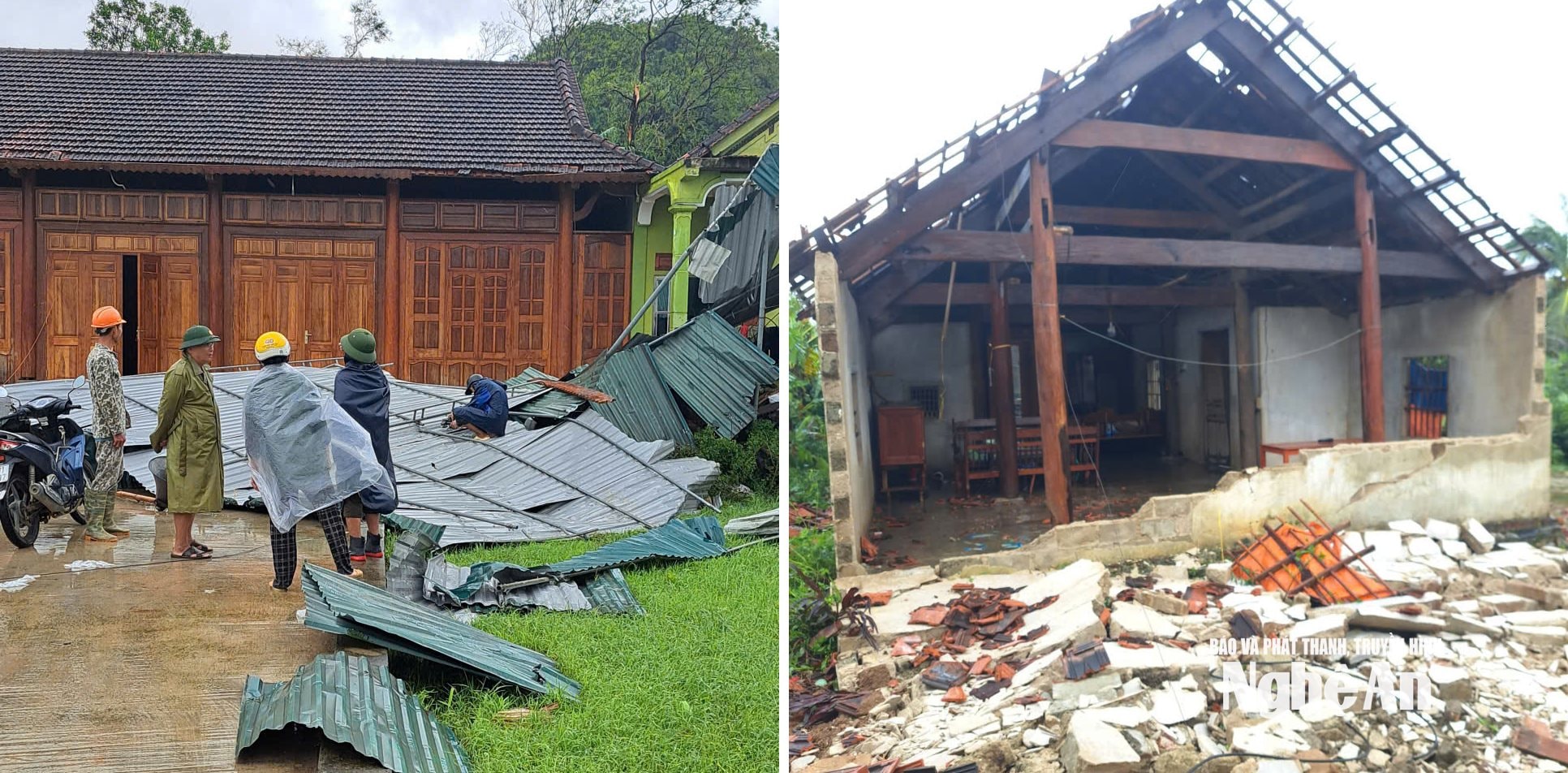
The family of Mr. Le Van Thanh, in Ben Thuy 13 block, is one of the households severely affected by storm No. 10 in Truong Vinh ward. The storm blew away the entire corrugated iron roof of the house and the yard of more than 200 square meters, forcing the whole family to stay at someone else's house for 2 weeks.
“My wife is about to give birth, so after the storm, we had to run to a relative’s house. I stayed to watch over the house and slept overnight. I wanted to repair the house soon but couldn’t find a worker. Today (October 10), I found 3 people from Dien Chau to come in and try to finish the job so we can have a place to stay,” said Mr. Thanh.
.jpg)
It is known that repairing the roof cost his family about 120 million VND for materials, plus 15 million VND for labor. "We had to borrow money for this, but if we don't do it, we won't have a place to live. Hopefully there won't be any more big storms in the future," Thanh said sadly.
Not far away, Mr. Tran Van Khanh in Ben Thuy 15 block was also busy with a group of workers repairing the corrugated iron roof of a house located close to the Lam River bank. The roof was almost completely blown away by the wind, the walls were damp and the floor was covered in mud after many days of deep flooding. Because the water was slowly receding, he could only now begin the repairs. On the roof, shiny new corrugated iron sheets were moved up, the sound of hammers and screwdrivers could be heard all morning.
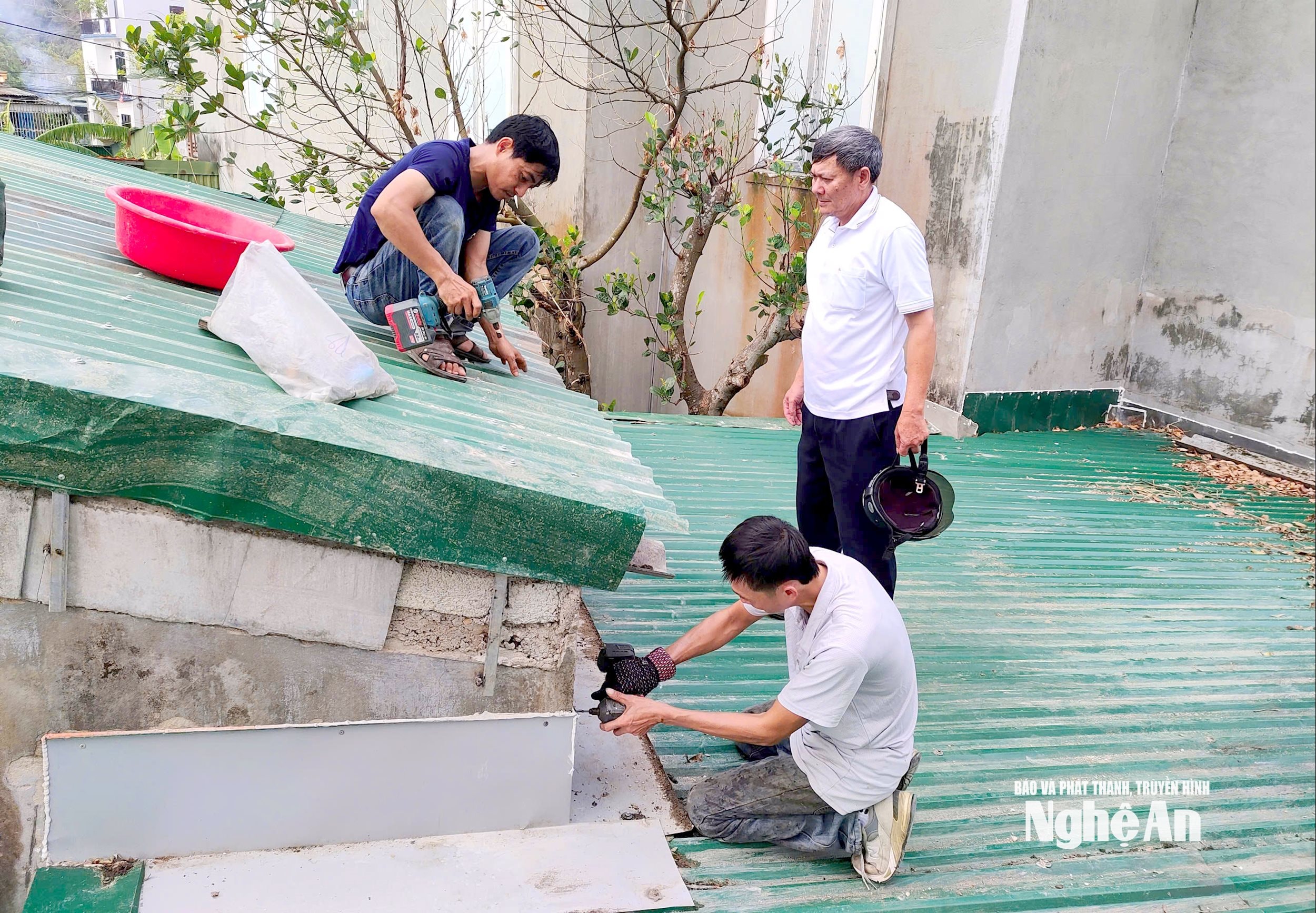
Mr. Le Quang Tuan, head of Ben Thuy 15 block, said: "This area was heavily affected because it is located along the river. During the recent storm, 25 households had to be evacuated, 49 households were flooded, and more than 20 houses were damaged. The ward provided initial support to 11 households with the most severe damage, each with 1 million VND in raw materials, and mobilized organizations to help people rebuild roofs, walls, and repair furniture..."
.jpg)
According to statistics from Truong Vinh ward, storm No. 10 caused 1,137 houses to have their corrugated iron and tile roofs blown off, 928 houses to be flooded, with estimated damage of more than 11 billion VND, the largest in many years.
Tan Phu commune is also one of the localities that suffered the most severe housing damage in the province after storm No. 10. Mr. Lo Van Thuy, Tham village, Tan Phu commune said: The storm blew away the entire roof, collapsed a corner of the wall, and almost all the furniture was damaged. Now, only one room has been rebuilt for temporary living. In the long term, to rebuild a complete house requires a large amount of money, still have to borrow more and gradually overcome.
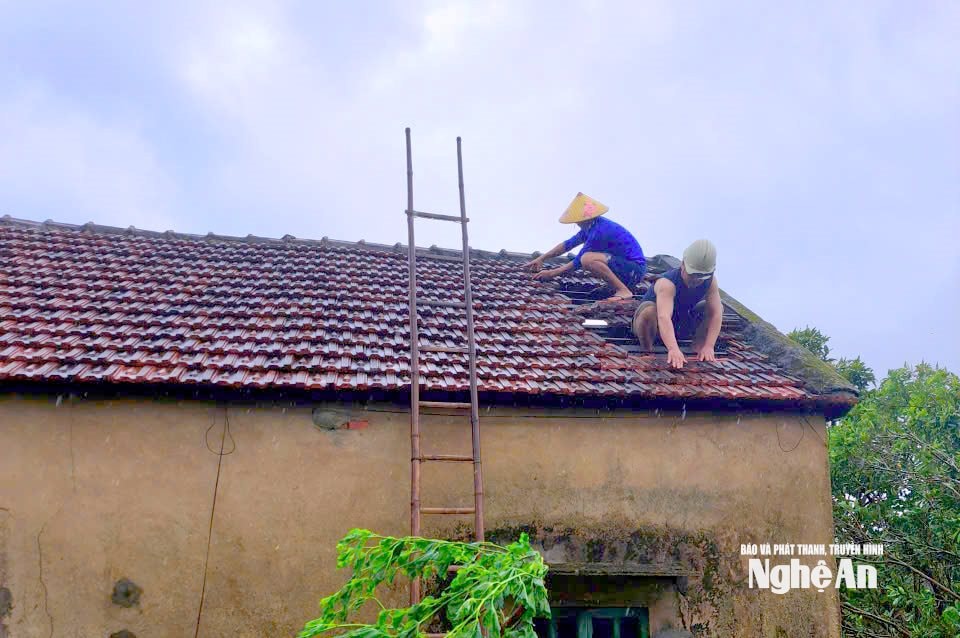
Mr. Vi Van Quang - Chairman of Tan Phu Commune People's Committee said: "The whole commune has about 750 damaged houses, nearly 1,500 houses were flooded and 295 houses had their roofs blown off. In the first days after the storm, due to continuous power outages, the repair work was very slow. Up to now, people have basically re-roofed the tile roofs, while houses with corrugated iron roofs still have to wait for the electricity to stabilize to cut and screw. Therefore, the repair work also took longer than expected."
In addition to the efforts of each household, in many places, people are not alone in the journey to rebuild their homes after the storm. Organizations, armed forces and volunteer groups quickly appeared, joining hands to help people repair and rebuild their houses.
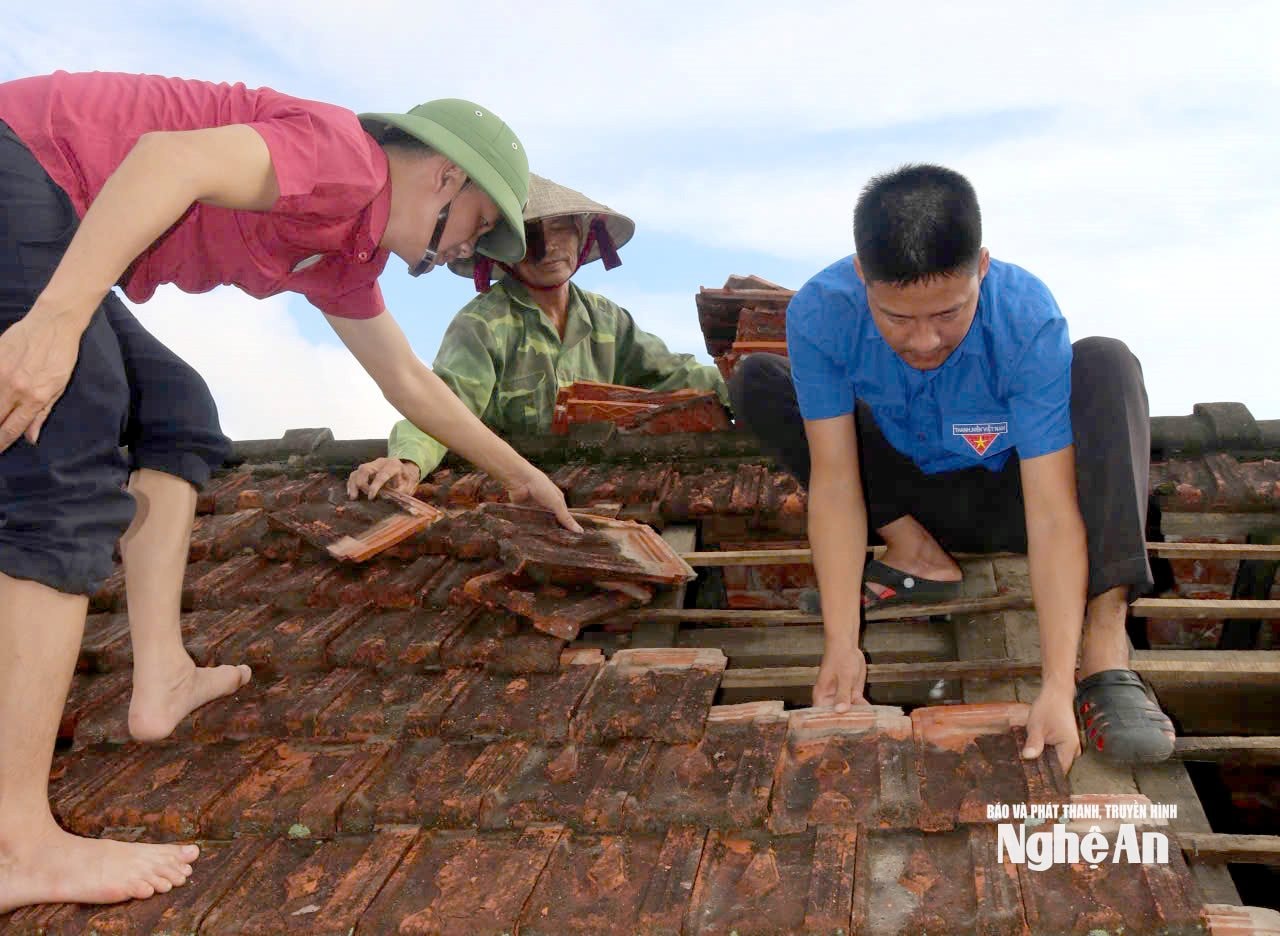
In Kim Bang commune, more than 30 youth union members and militia forces supported two poor households whose houses collapsed, namely Mrs. Nguyen Thi Ky and Mr. Tran Van Hanh. “Their house had its roof washed away and its walls cracked. If they didn’t rebuild it in time, they wouldn’t know where to take shelter. Any young people who were free came to help, each one giving a hand,” said Mr. Nguyen Dinh The, Vice Chairman of the Commune Fatherland Front Committee and Secretary of the Commune Youth Union.
Not only in the plains, in mountainous areas, police, soldiers, and youth union members were also mobilized to support people in building temporary houses, with priority given to poor households and policy families. Many businesses and charitable organizations contributed materials, roofing sheets, cement, rice, and necessities to help people stabilize their lives soon.
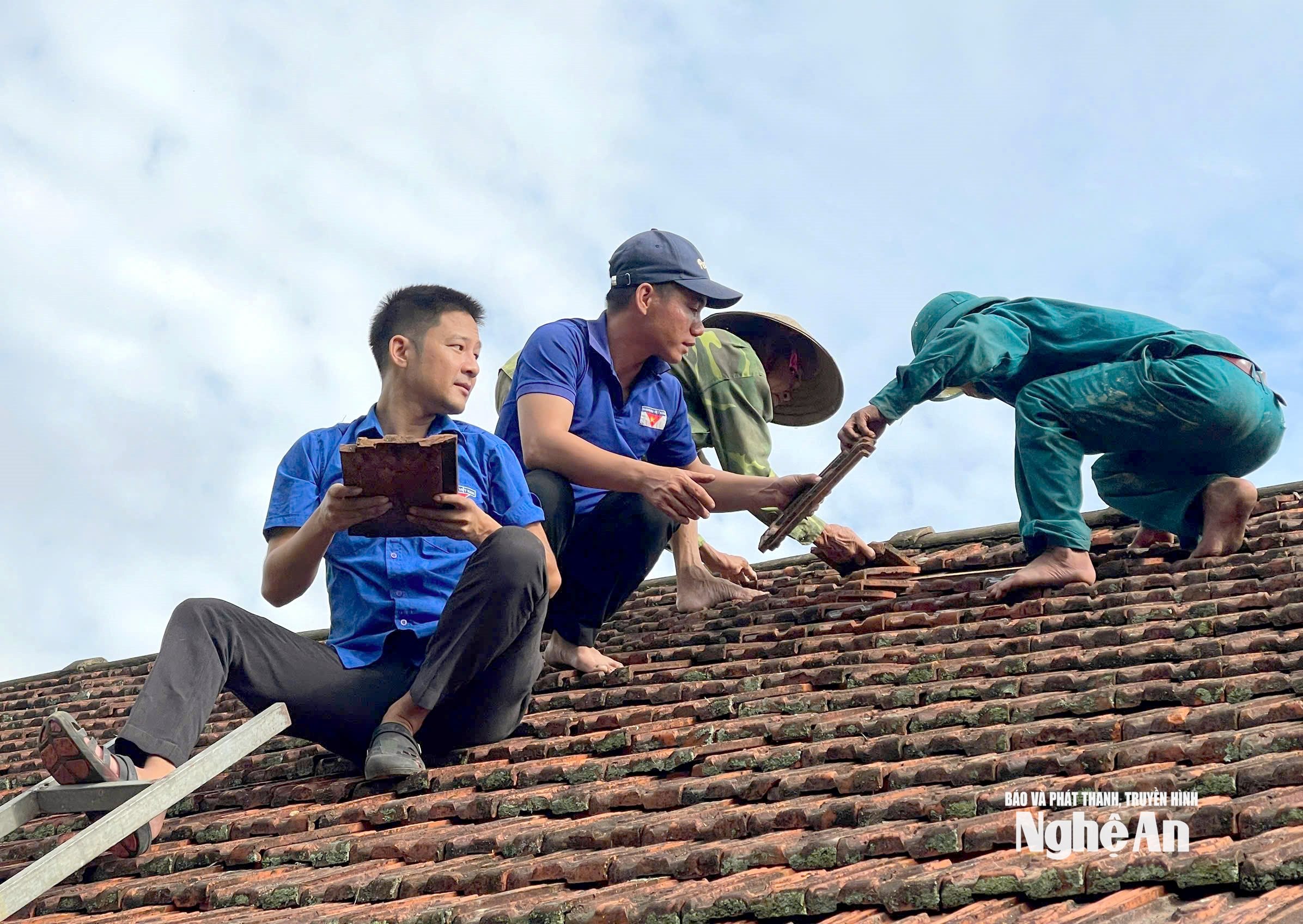
However, rebuilding houses in many localities still faces many difficulties at this time. First of all, the price of construction materials has increased sharply after the storm, from corrugated iron, tiles to cement, iron and steel, causing costs to increase significantly. Many households said that corrugated iron prices have increased by 15-20%, while the cost of roofing and plastering workers is almost double that before the storm. In addition, due to the sudden increase in repair demand, the scarce labor force, skilled workers have to make appointments a week in advance, even half a month before their turn...
According to statistics from the Civil Defense Command of Nghe An province, storm No. 10 caused the entire province to have more than 61,000 houses with blown-off roofs, more than 1,600 houses damaged at various levels, and more than 57,000 meters of fences collapsed... This is the largest housing damage in many years.
From remediation to sustainable investment
After two consecutive big storms in one month, many households in Nghe An began to change their thinking and approach when repairing and rebuilding their houses. No longer having the mentality of “temporarily roofing to live in”, they considered reinforcing and investing in their houses as an essential part of life in an area that often suffers from natural disasters.
.jpg)
Mr. Ngo Duc Tu, Minh Chau commune, shared that his house had its roof blown off in storm No. 10. This time, when rebuilding, he decided to make it more solid: "I replaced the entire wooden frame with steel boxes, poured more concrete beams around the roof, and covered it with thicker corrugated iron. It cost a few tens of millions more, but it was more secure, considered a long-term investment."
According to Mr. Tu, after the storm, many surrounding families did the same, not only to better cope but also to save money in the long run, avoiding the situation of "doing it over and over again" every time a storm comes.
Mr. Dinh Bat Long, a contractor in Nghe An, said that the trend of "building solid houses" has become clear after natural disasters: "Customers now ask more carefully, not only choosing good materials but also paying attention to reinforcement methods. We often recommend using anti-rust screws, corrugated iron at least 0.45mm thick, with reinforced steel frames and adding beams around the roof. These small details help prevent the roof from being blown away by strong winds." Mr. Long said that the initial investment cost may be 10-15% higher, but in return, the house will have a lifespan and safety many times higher, especially in increasingly extreme weather conditions.
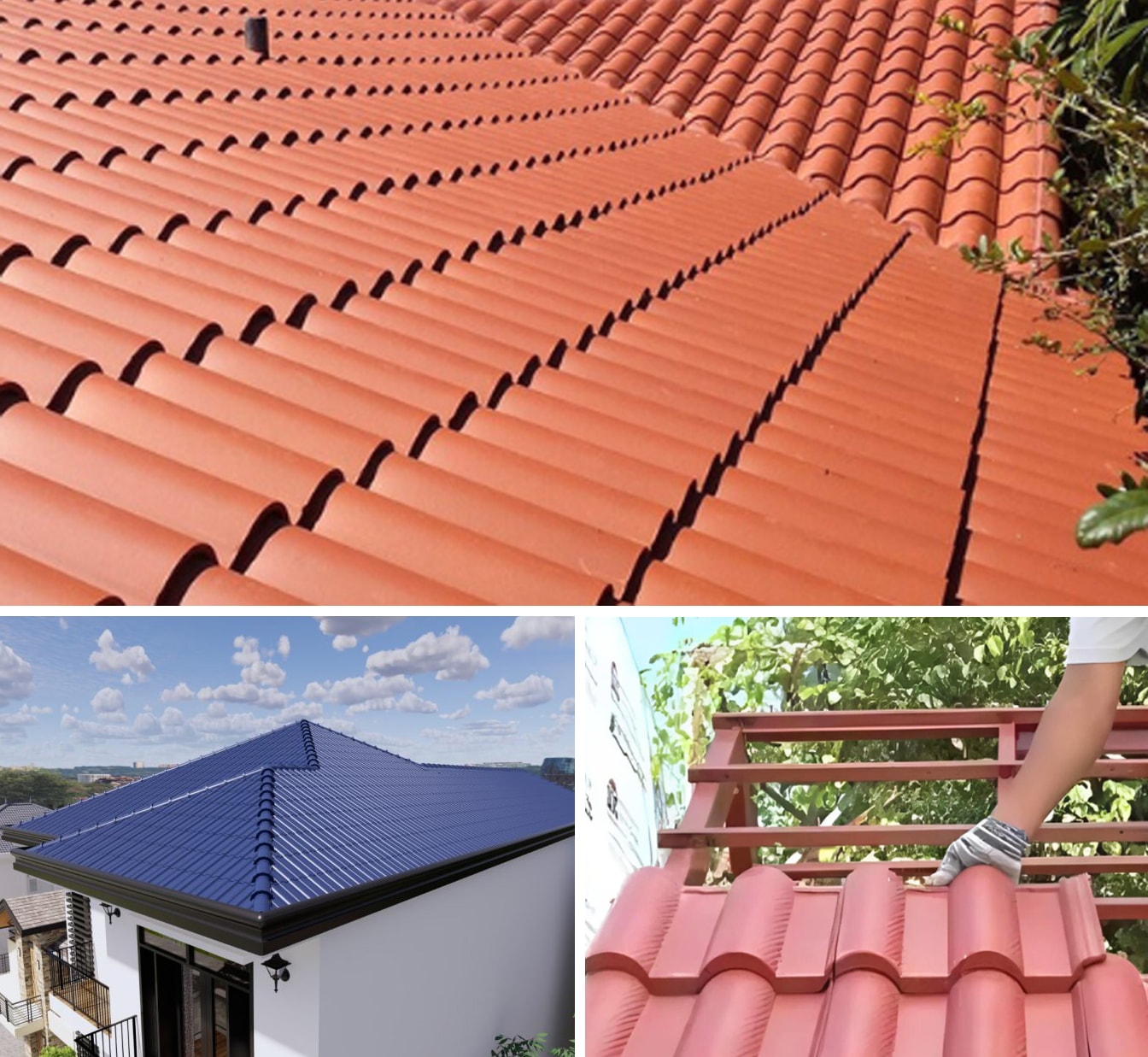
Along with choosing good materials, people in low-lying areas also pay attention to raising the foundation, building high steps, and trimming large trees around the house to limit risks. Professional agencies also recommend that when repairing a house after a storm, it is necessary to carefully check the foundation, load-bearing walls, and roof frame. Do not just replace the roofing sheet and ignore the main structure...
Source: https://baonghean.vn/nguoi-dan-nghe-an-tat-bat-sua-lai-nha-som-on-dinh-cuoc-song-sau-bao-10307997.html



![[Photo] Opening of the World Cultural Festival in Hanoi](https://vphoto.vietnam.vn/thumb/1200x675/vietnam/resource/IMAGE/2025/10/10/1760113426728_ndo_br_lehoi-khaimac-jpg.webp)
![[Photo] Ho Chi Minh City is brilliant with flags and flowers on the eve of the 1st Party Congress, term 2025-2030](https://vphoto.vietnam.vn/thumb/1200x675/vietnam/resource/IMAGE/2025/10/10/1760102923219_ndo_br_thiet-ke-chua-co-ten-43-png.webp)
![[Photo] Unique Phu Gia horse hat weaving craft](https://vphoto.vietnam.vn/thumb/1200x675/vietnam/resource/IMAGE/2025/10/10/1760084018320_ndo_br_01-jpg.webp)





























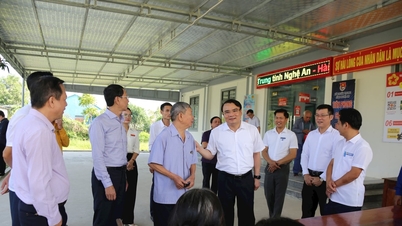























































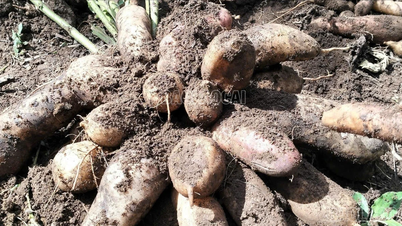















Comment (0)